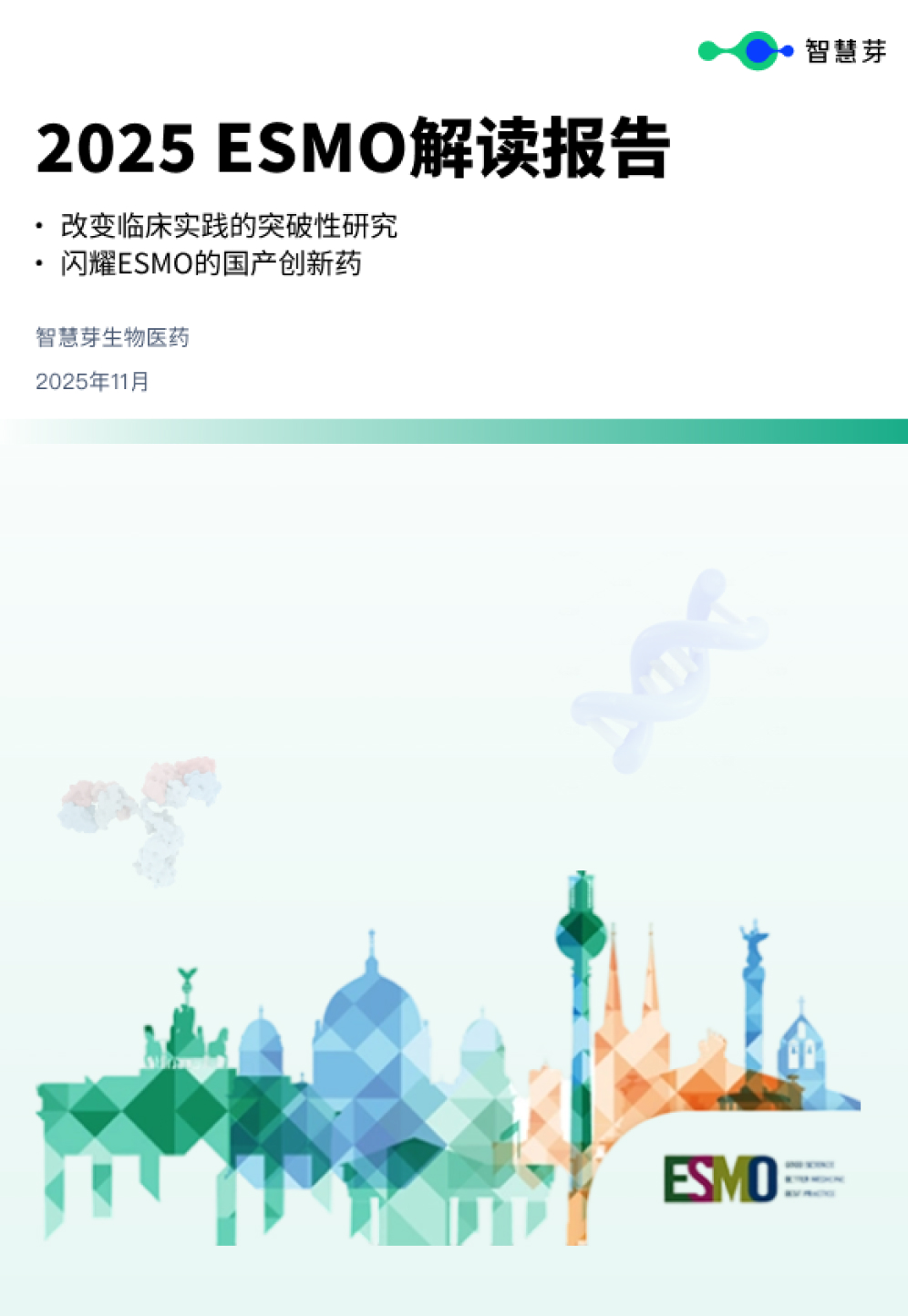预约演示
Research reveals language barriers limit effectiveness of cybersecurity resources
2024-04-01
Non-English speaking internet users share the same concern about cyber threats and the same desire for online safety as any other individual. However, they are constrained by a lack of culturally and linguistically appropriate resources, which also hampers accurate collection of cyber victimization data among vulnerable populations.
The idea for Fawn Ngo's latest research came from a television interview.
Ngo, a University of South Florida criminologist, had spoken with a Vietnamese language network in California about her interest in better understanding how people become victims of cybercrime.
Afterward, she began receiving phone calls from viewers recounting their own experiences of victimization.
"Some of the stories were unfortunate and heartbreaking," said Ngo, an associate professor in the USF College of Behavioral and Community Sciences. "They made me wonder about the availability and accessibility of cybersecurity information and resources for non-English speakers. Upon investigating further, I discovered that such information and resources were either limited or nonexistent."
The result is what's believed to be the first study to explore the links among demographic characteristics, cyber hygiene practices and cyber victimization using a sample of limited English proficiency internet users.
Ngo is the lead author of an article, "Cyber Hygiene and Cyber Victimization Among Limited English Proficiency (LEP) Internet Users: A Mixed-Method Study," which just published in the journal Victims & Offenders. The article's co-authors are Katherine Holman, a USF graduate student and former Georgia state prosecutor, and Anurag Agarwal, professor of information systems, analytics and supply chain at Florida Gulf Coast University.
Their research, which focused on Spanish and Vietnamese speakers, led to two closely connected main takeaways:
As a result, the study showed that many well-intentioned LEP users still engage in risky online behaviors like using unsecured networks and sharing passwords. For example, only 29 percent of the study's focus group participants avoided using public Wi-Fi over the previous 12 months, and only 17 percent said they had antivirus software installed on their digital devices.
Previous research cited in Ngo's paper has shown that underserved populations exhibit poorer cybersecurity knowledge and outcomes, most commonly in the form of computer viruses and hacked accounts, including social media accounts. Often, it's because they lack awareness and understanding and isn't a result of disinterest, Ngo said.
"According to cybersecurity experts, humans are the weakest link in the chain of cybersecurity," Ngo said. "If we want to secure our digital borders, we must ensure that every member in society, regardless of their language skills, is well-informed about the risks inherent in the cyber world."
The study's findings point to a need for providing cyber hygiene information and resources in multiple formats, including visual aids and audio guides, to accommodate diverse literacy levels within LEP communities, Ngo said. She added that further research is needed to address the current security gap and ensure equitable access to cybersecurity resources for all Internet users.
In the meantime, Ngo is preparing to launch a website with cybersecurity information and resources in different languages and a link to report victimization.
"It's my hope that cybersecurity information and resources will become as readily accessible in other languages as other vital information, such as information related to health and safety," Ngo said. "I also want LEP victims to be included in national data and statistics on cybercrime and their experiences accurately represented and addressed in cybersecurity initiatives."
更多内容,请访问原始网站
文中所述内容并不反映新药情报库及其所属公司任何意见及观点,如有版权侵扰或错误之处,请及时联系我们,我们会在24小时内配合处理。
适应症
-靶点
-药物
-生物医药百科问答
全新生物医药AI Agent 覆盖科研全链路,让突破性发现快人一步
立即开始免费试用!
智慧芽新药情报库是智慧芽专为生命科学人士构建的基于AI的创新药情报平台,助您全方位提升您的研发与决策效率。
立即开始数据试用!
智慧芽新药库数据也通过智慧芽数据服务平台,以API或者数据包形式对外开放,助您更加充分利用智慧芽新药情报信息。




